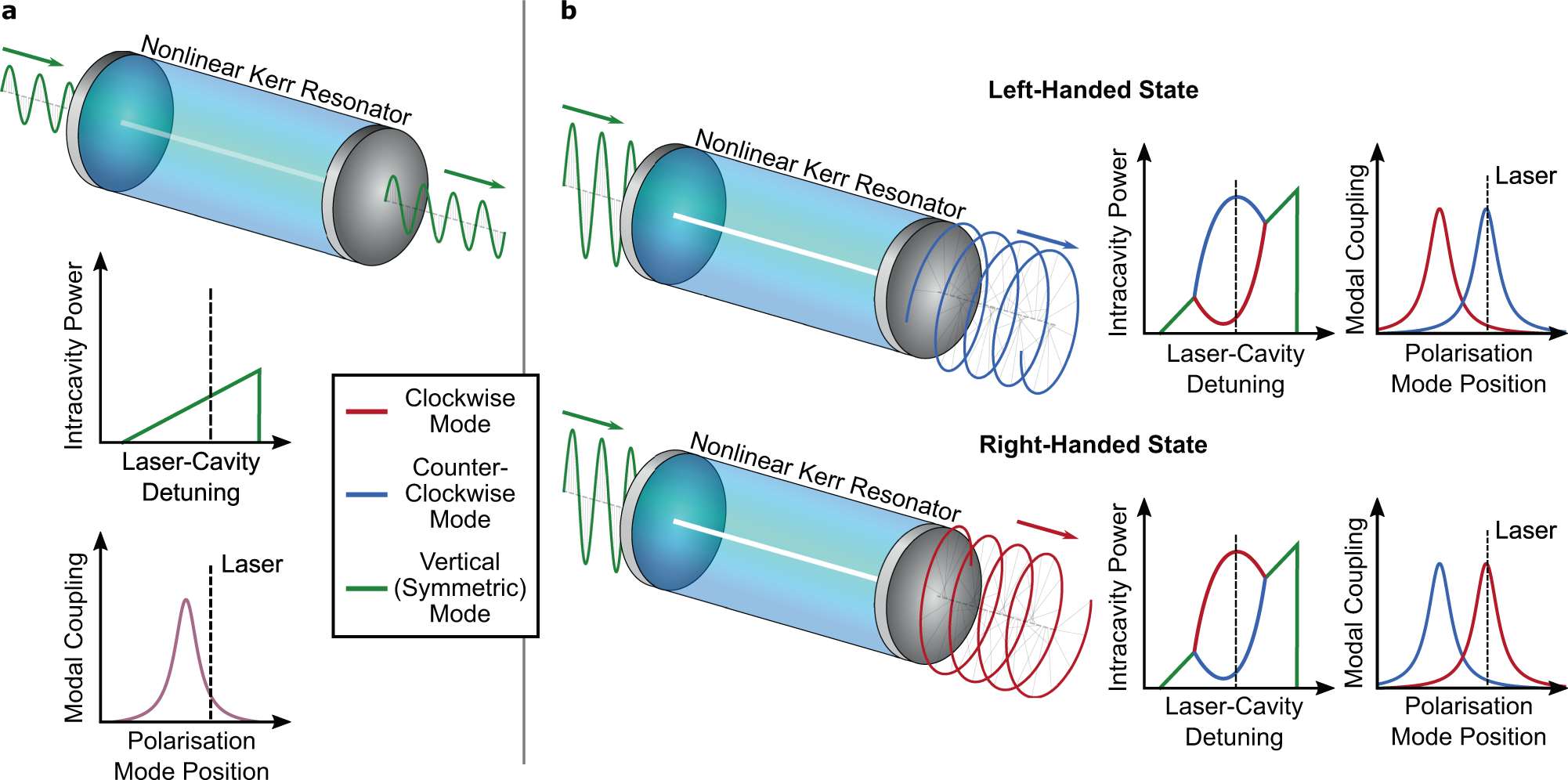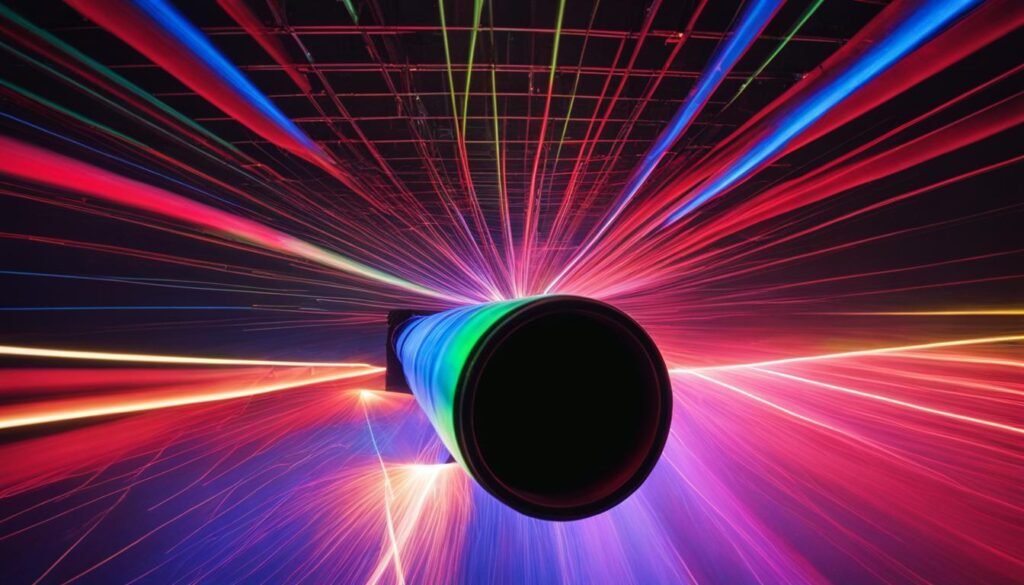Contents

Source: Nature
Understanding Nonlinear Polarization Rotation in Optical Fibers
Nonlinear polarization rotation is a phenomenon that occurs when an intense optical pulse travels through an optical fiber that is not polarization-maintaining. This process results in a change in the polarization state of the light, which is influenced by the intensity of the light itself. This change is not merely a rotation but involves a shift to an elliptical polarization state due to various nonlinear effects.
Mechanisms Behind Nonlinear Polarization Rotation
The primary mechanisms contributing to nonlinear polarization rotation include self-phase modulation, cross-phase modulation, and the inherent birefringence of the fiber. These factors introduce changes in the optical phase, which are dependent on the polarization of the light. As the light propagates, these phase changes result in complex alterations of the polarization state.
Figure 1: Various polarization states of light.
Self-Phase and Cross-Phase Modulation
Self-phase modulation occurs when the intensity of the light alters its own phase, while cross-phase modulation involves the interaction between different light beams or pulses, affecting each other’s phase. These effects are crucial in changing the polarization state as they introduce intensity-dependent phase shifts.
Applications in Passive Mode Locking
Despite its potential to cause disturbances in fiber-optic systems, nonlinear polarization rotation is harnessed for passive mode locking in fiber lasers. This technique involves using a fiber polarization controller or waveplates to adjust the transmission through a polarizer, ensuring that maximum transmission occurs at the highest optical intensity. This setup acts as an artificial saturable absorber.
Advantages and Challenges
The use of nonlinear polarization rotation for mode locking offers several advantages. The Kerr effect, being extremely fast, allows for rapid adjustments, and the strength of the artificial absorber can be tuned using polarization controllers. However, the technique is sensitive to environmental changes, requiring frequent adjustments due to temperature-induced drifts in optimal polarization settings.
Figure 2: Schematic of a mode-locked laser system.
Enhanced Stability Techniques
To improve stability, highly birefringent fibers and Faraday rotators can be employed. These components help maintain consistent polarization states, reducing the need for frequent recalibrations. However, these setups are more complex and challenging to implement in all-fiber configurations.
Conclusion
Nonlinear polarization rotation is a nuanced and multifaceted phenomenon in optical fibers. While it presents challenges in certain applications, its utility in passive mode locking highlights its importance in advancing fiber laser technologies. Understanding and mitigating its effects through advanced techniques can lead to more stable and efficient optical systems.
Source: Researching
Feel free to comment your thoughts.



